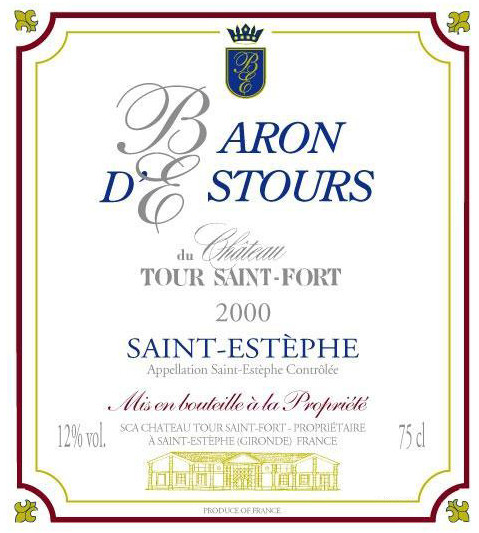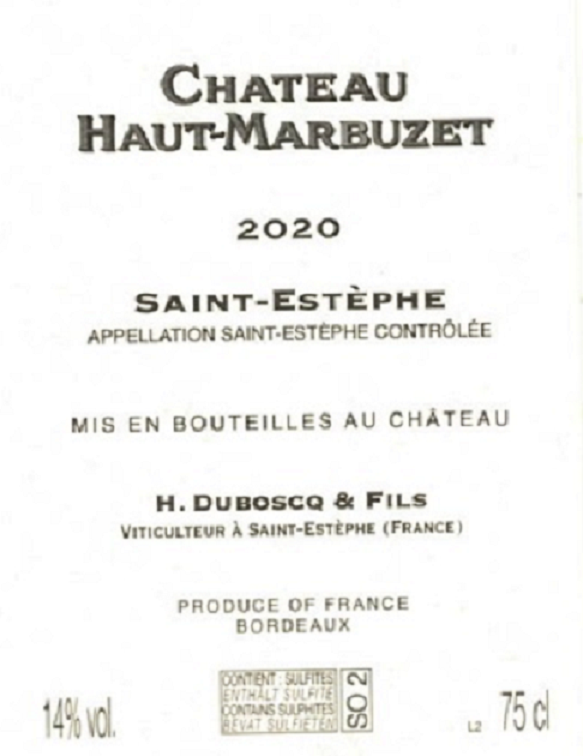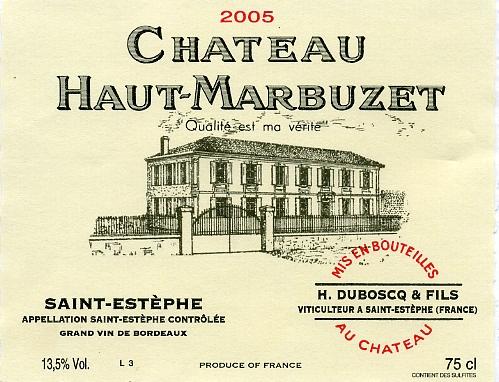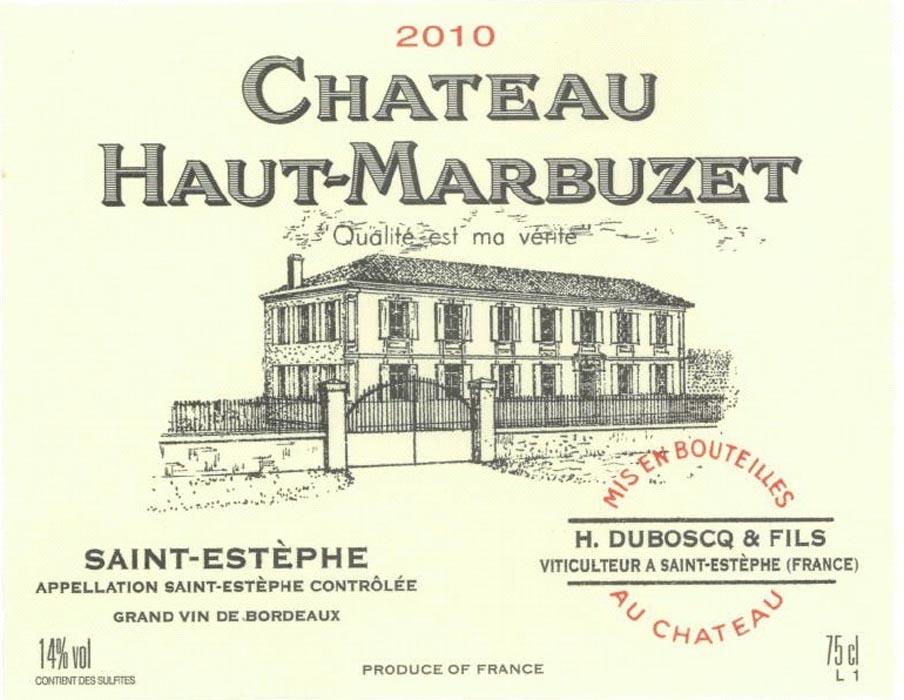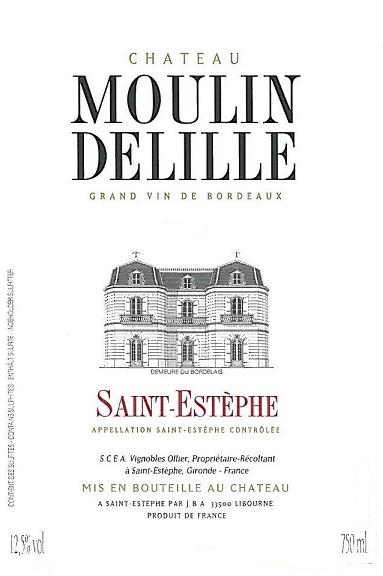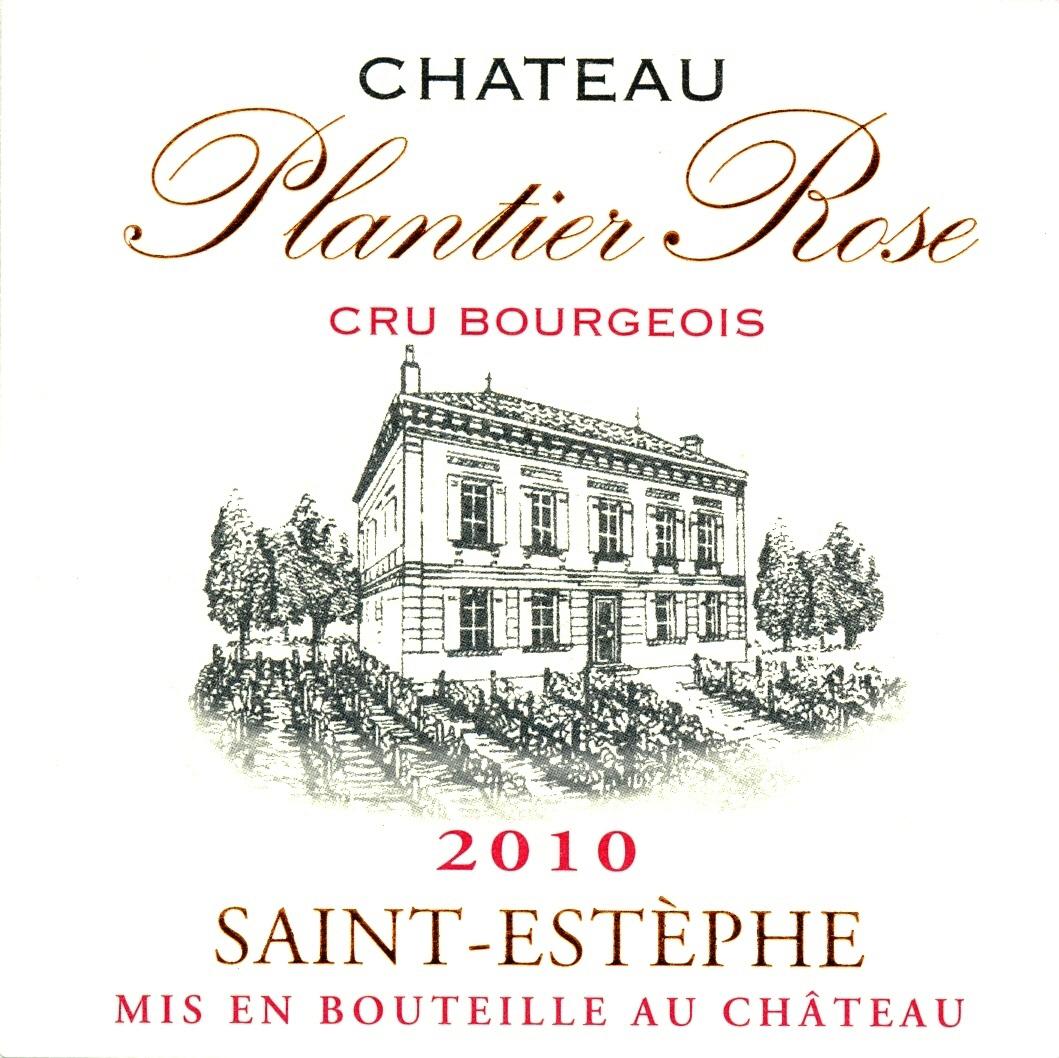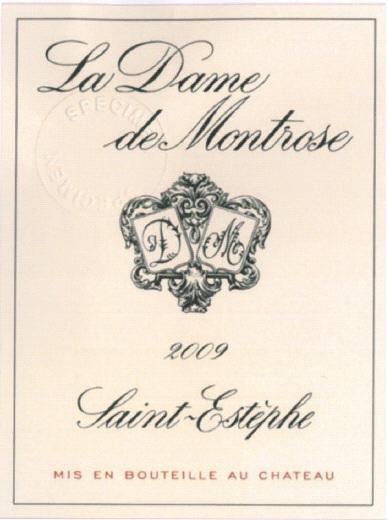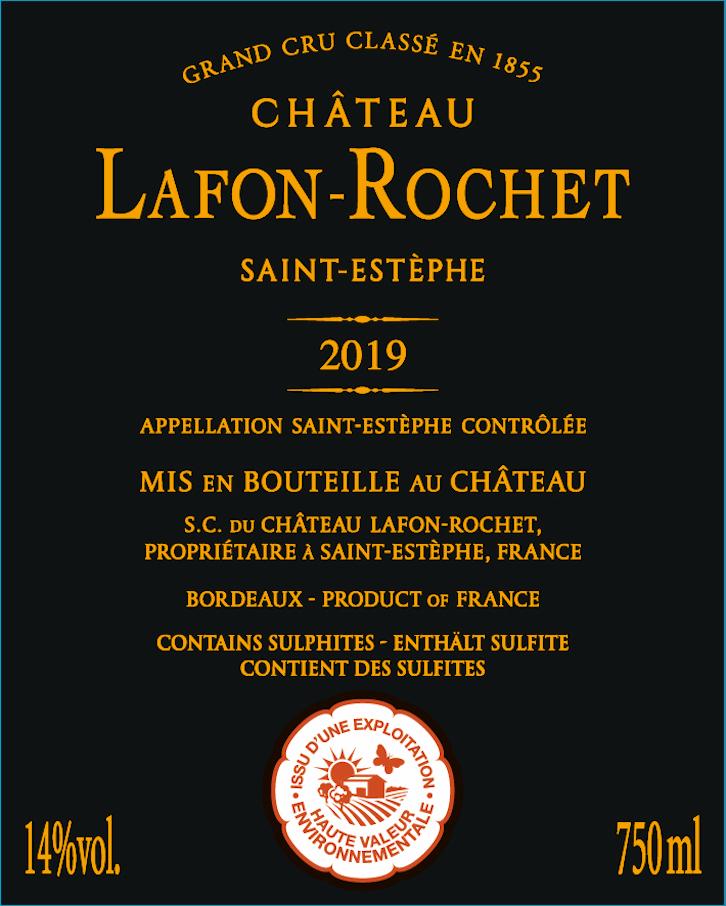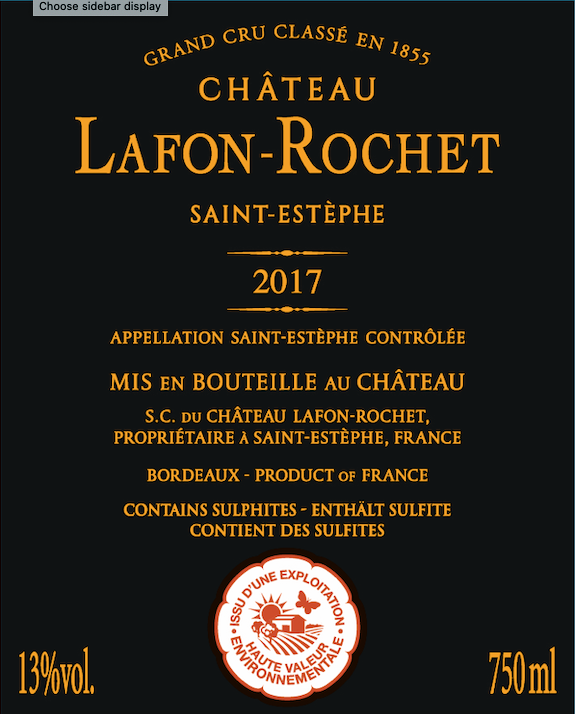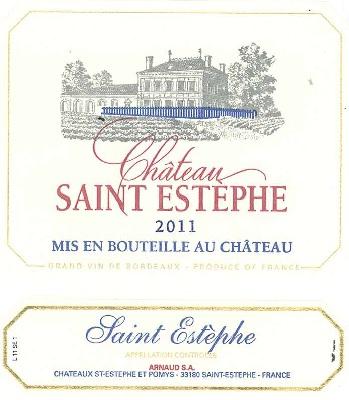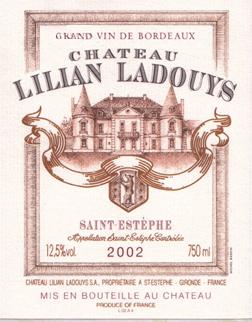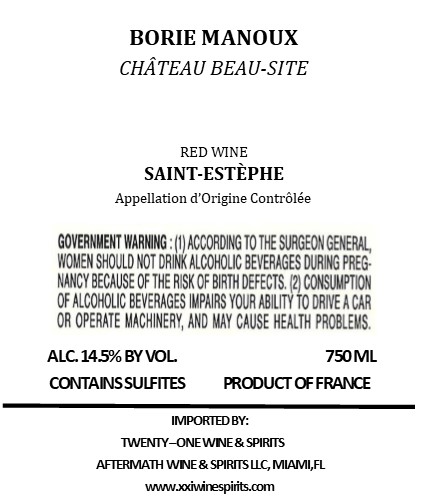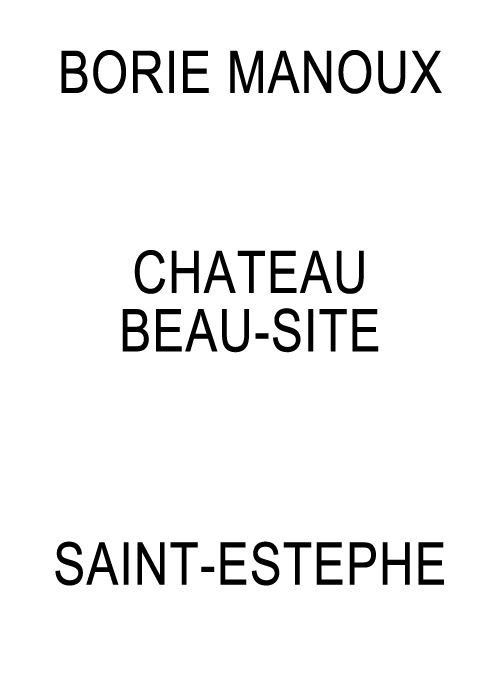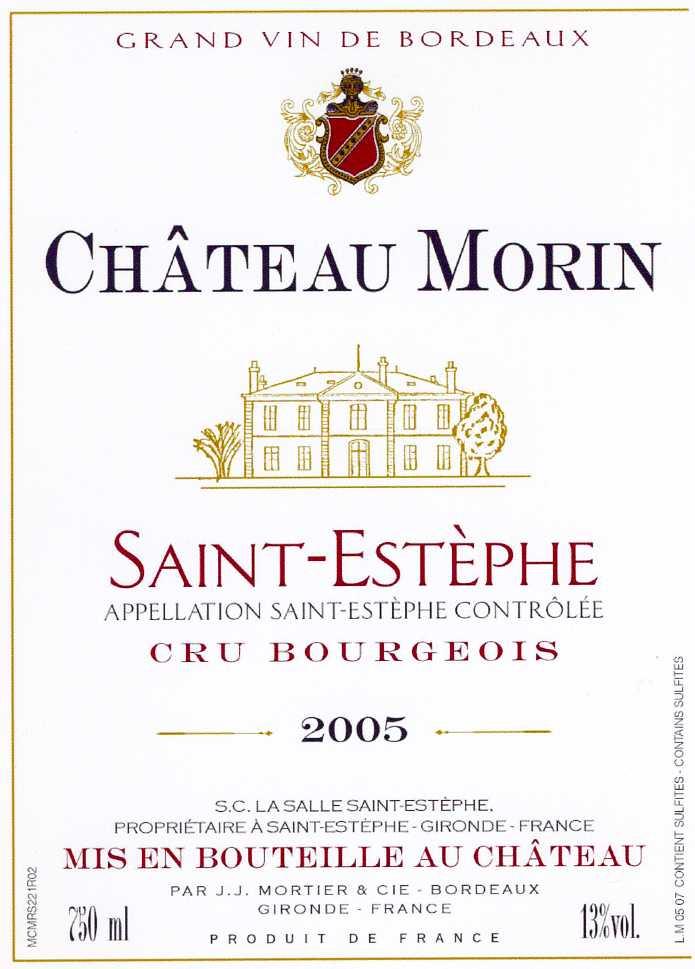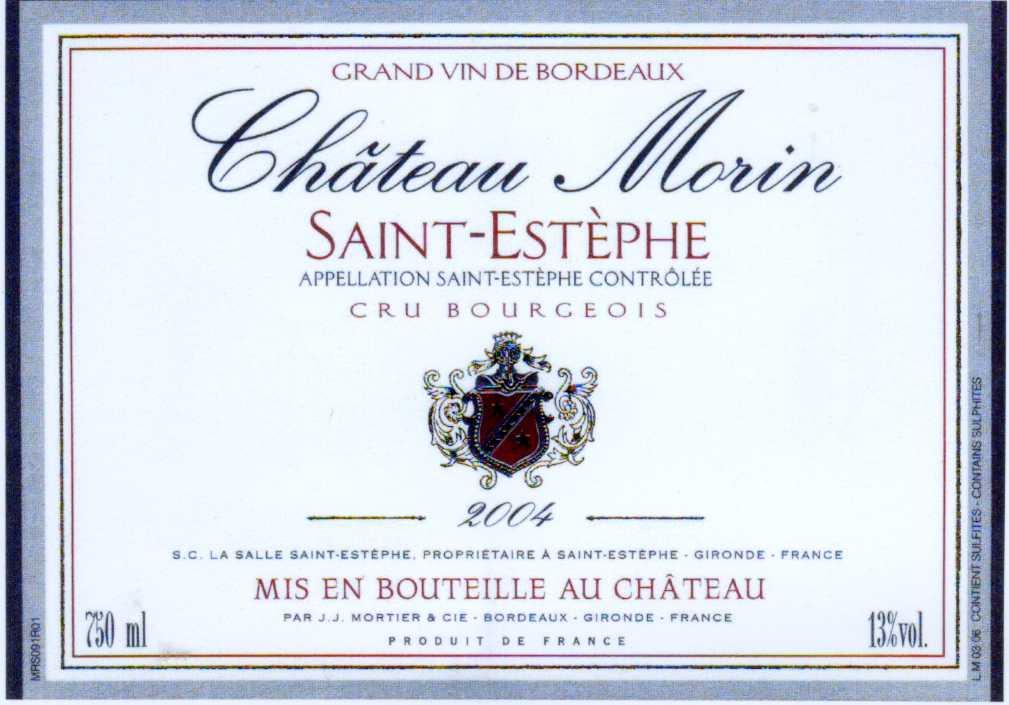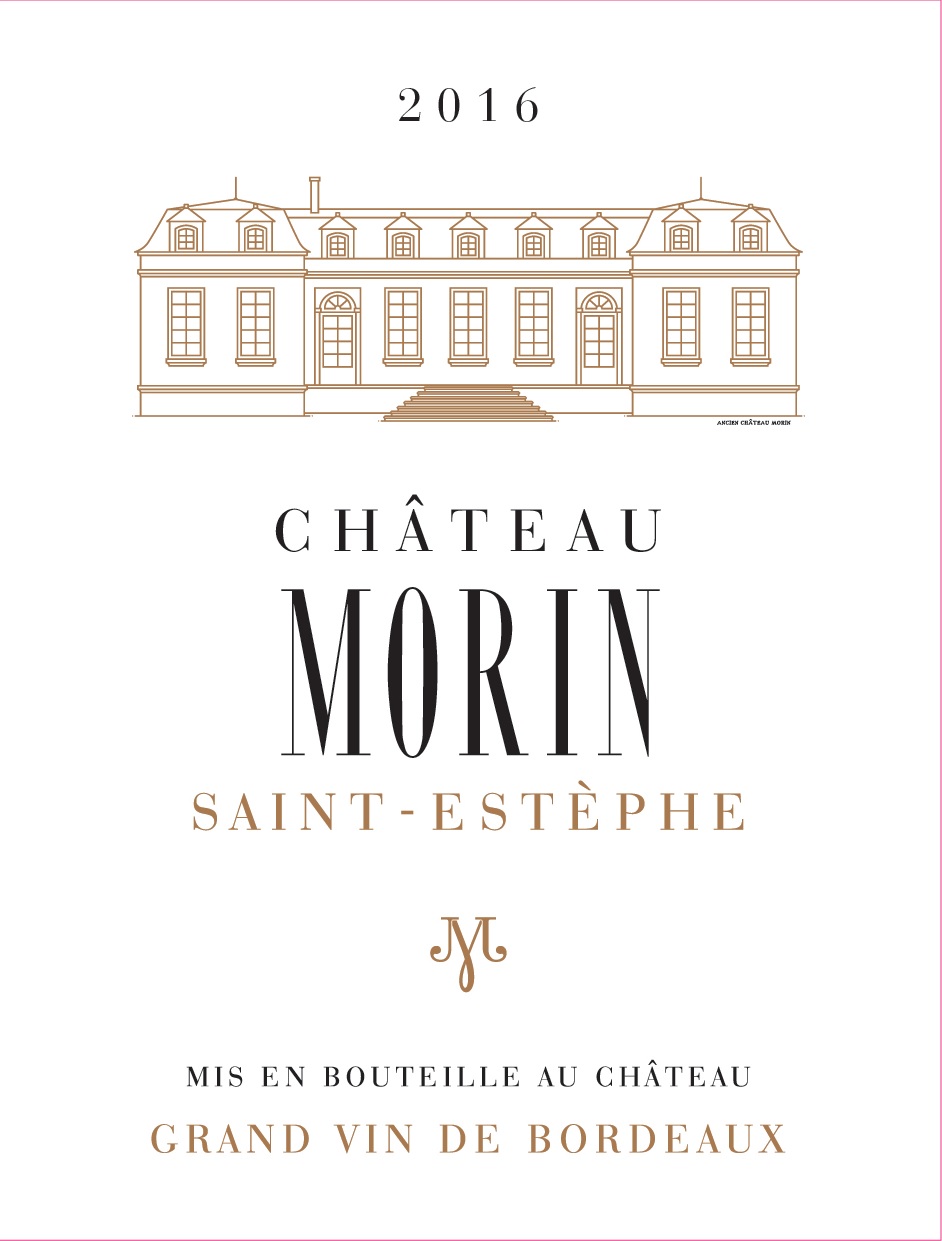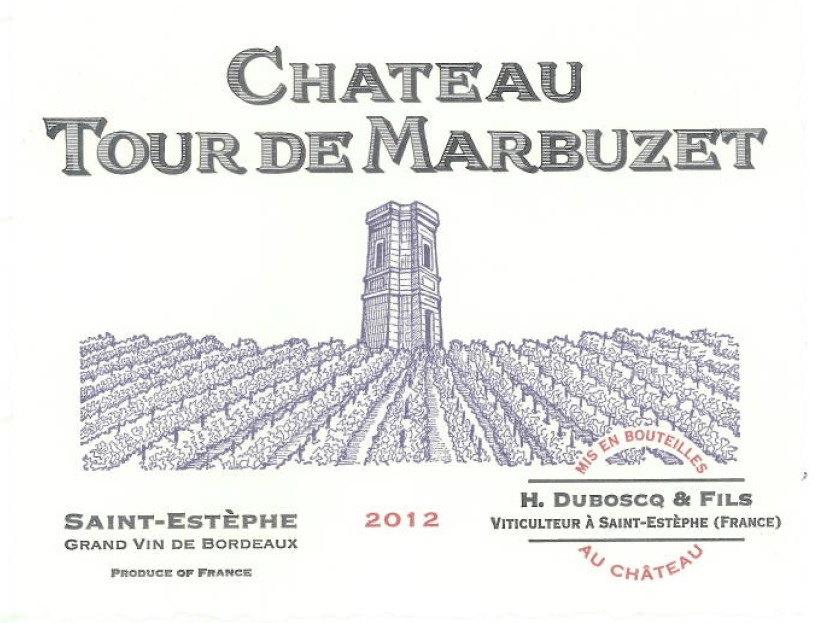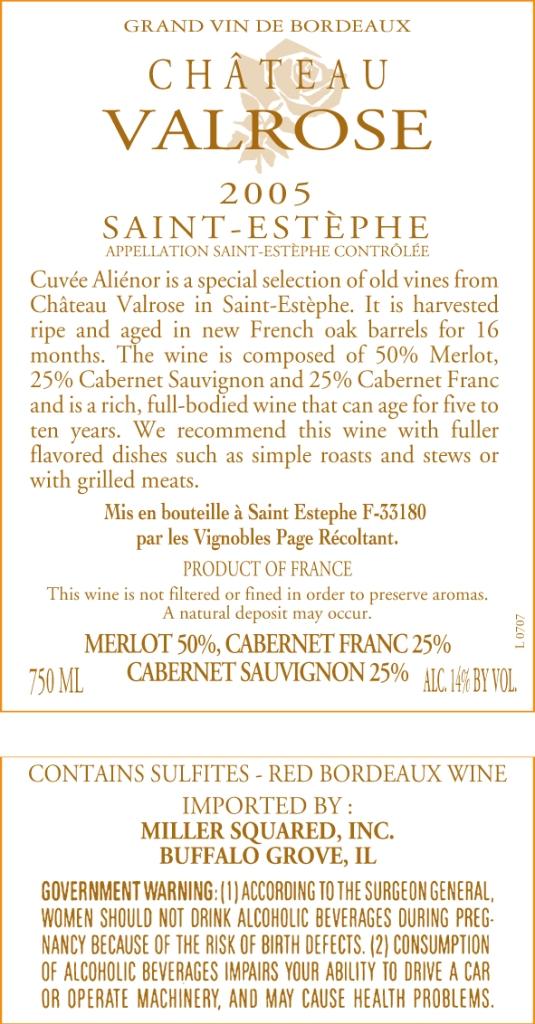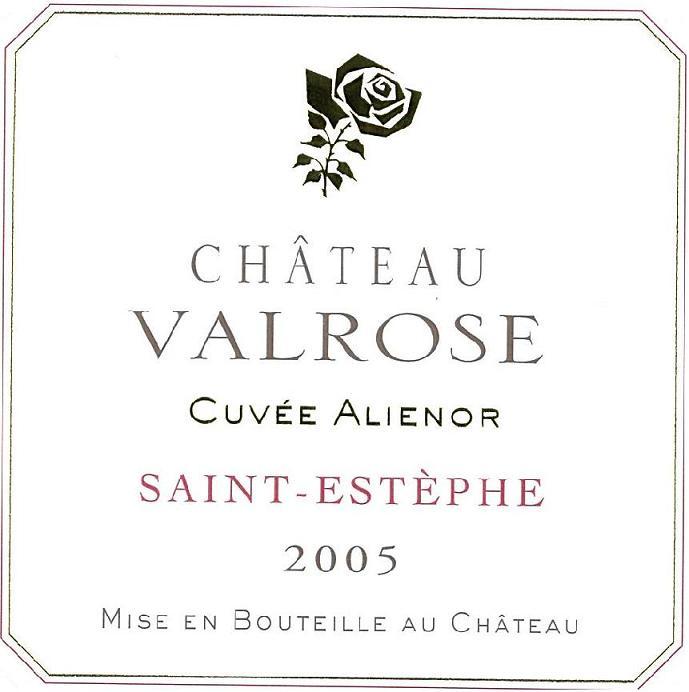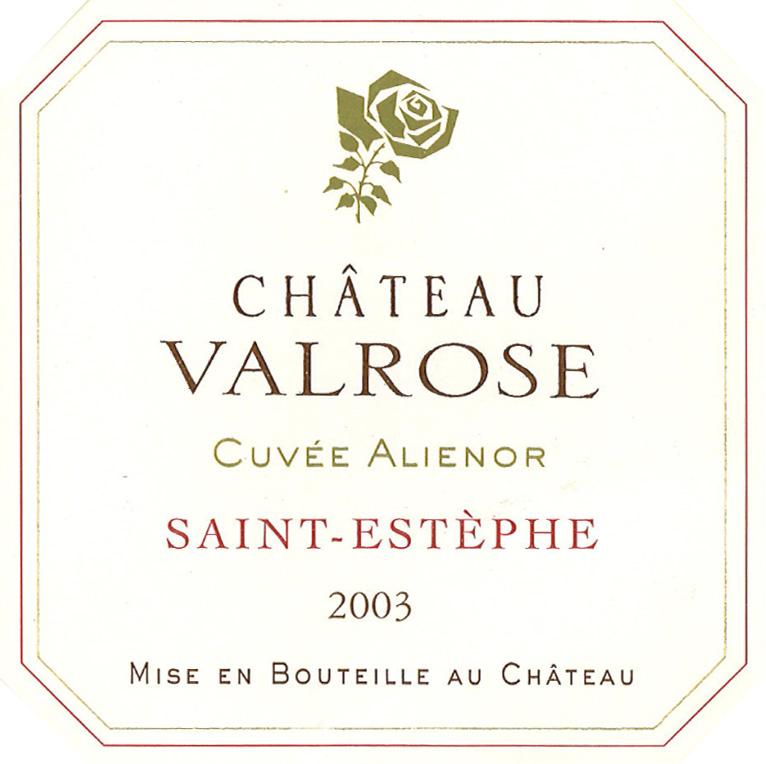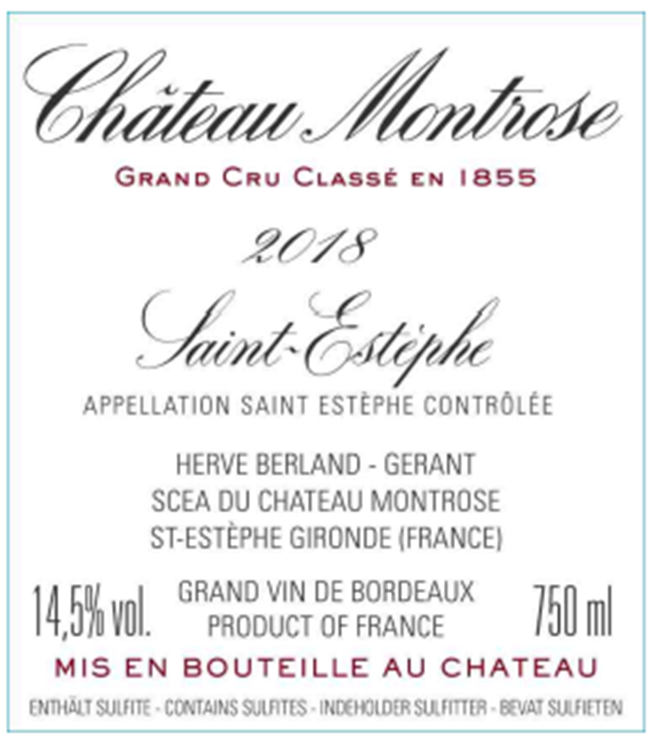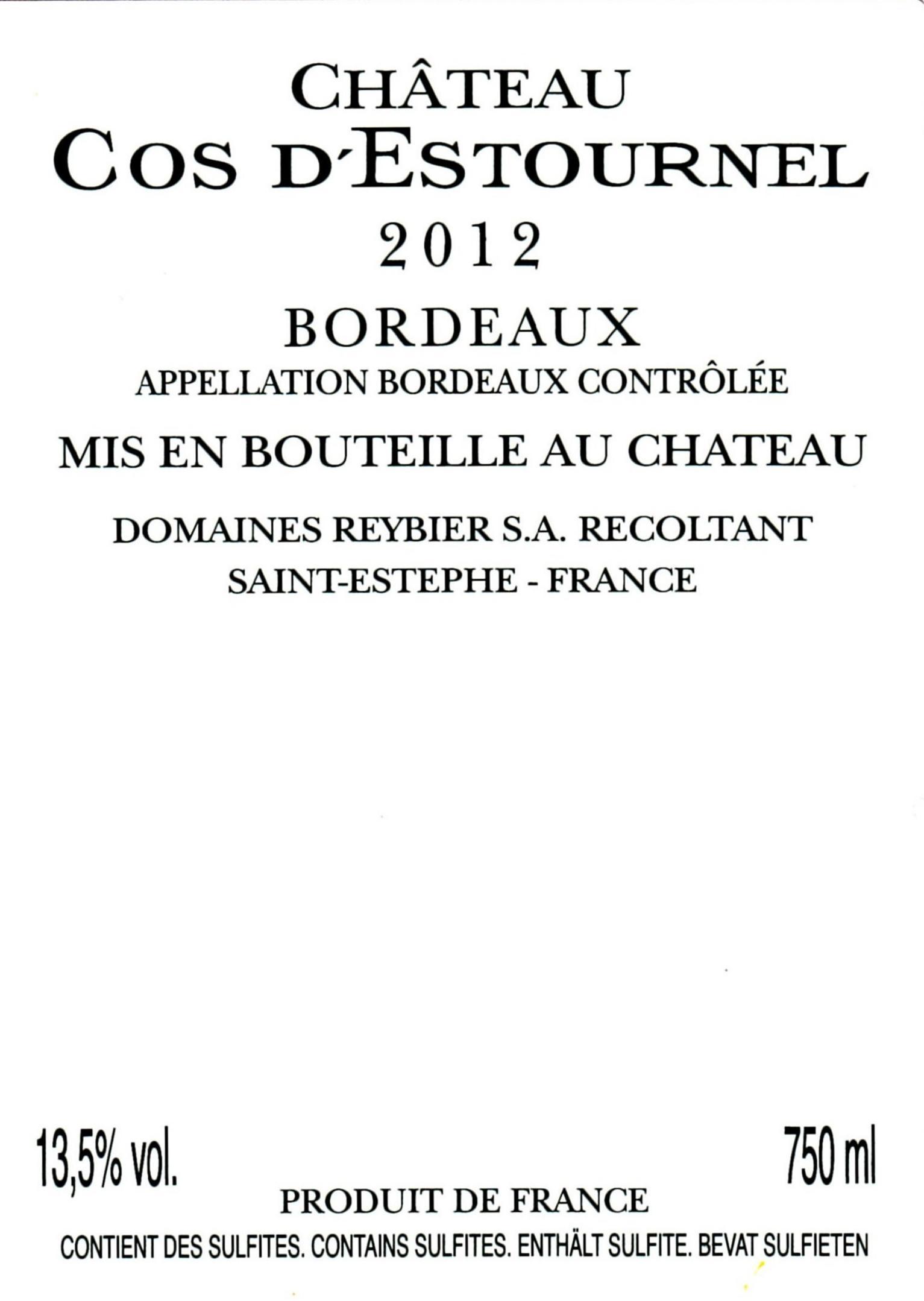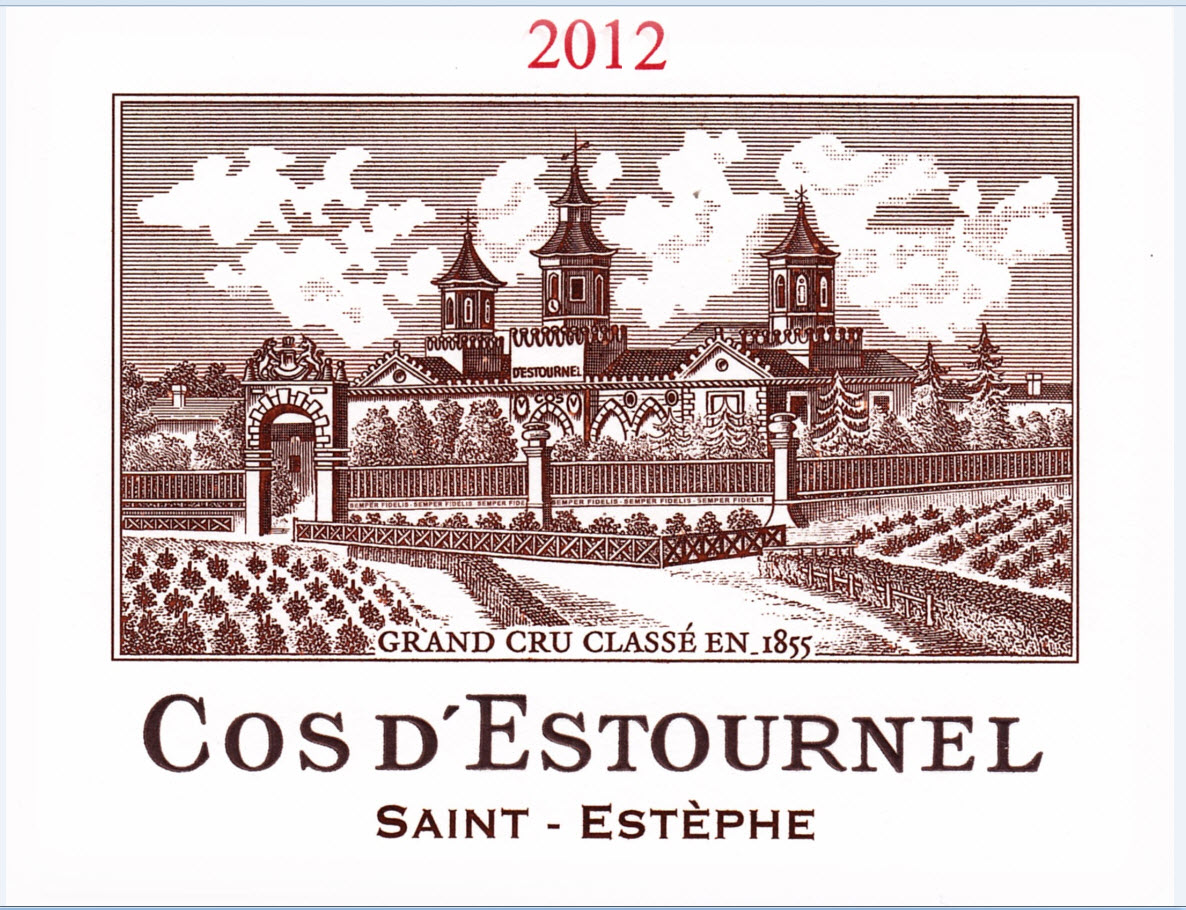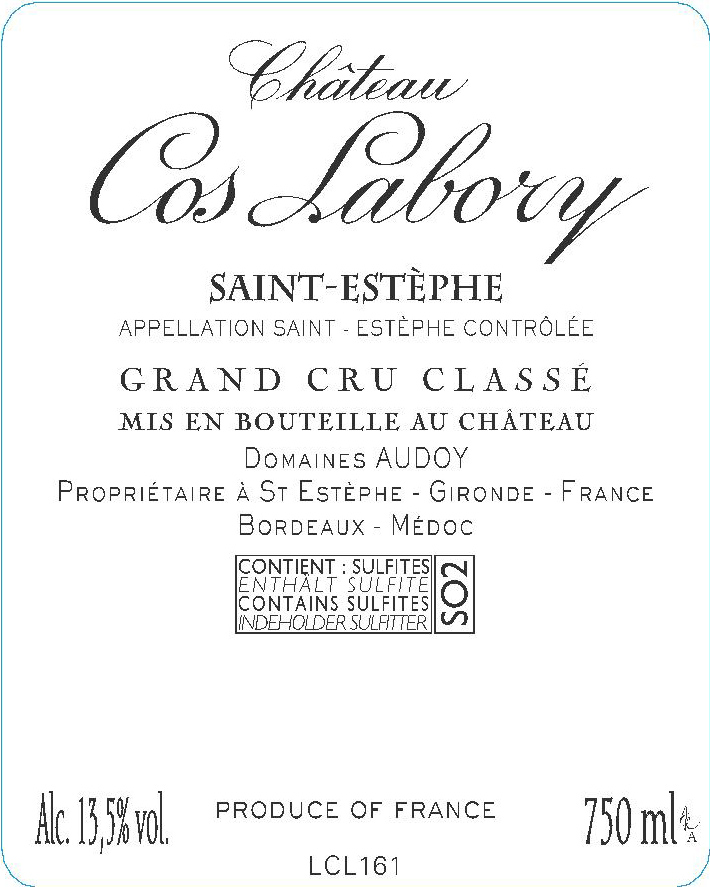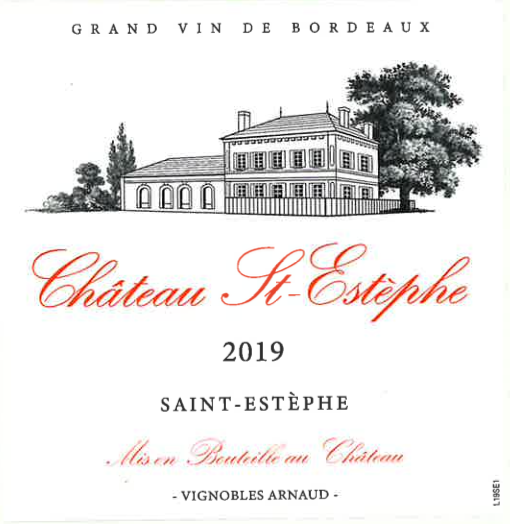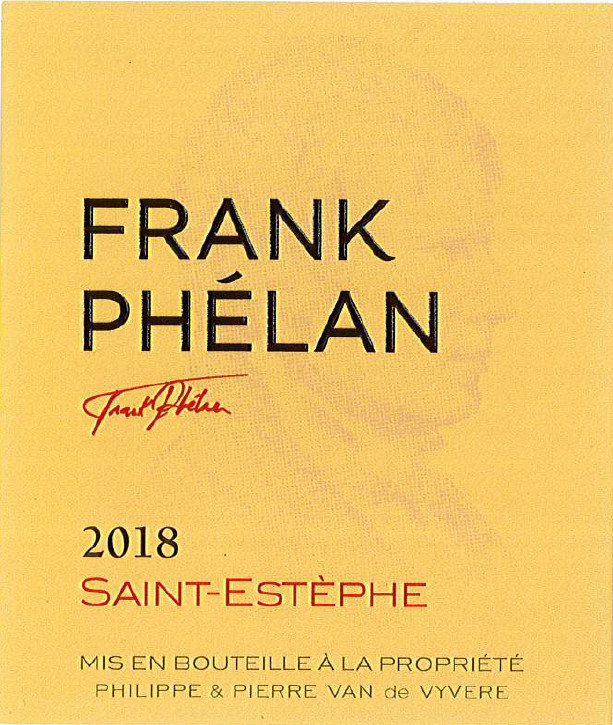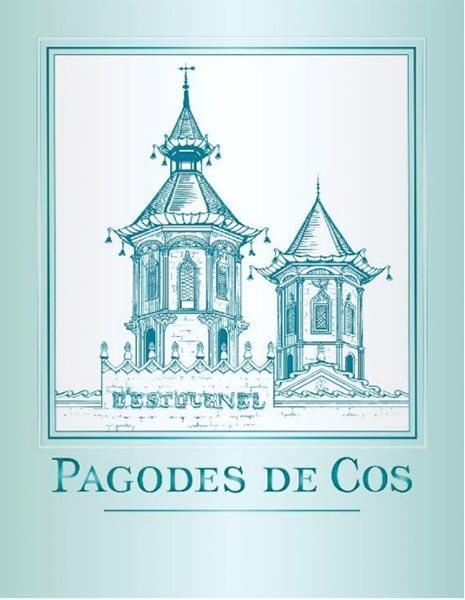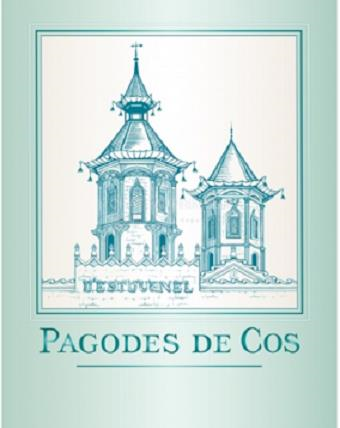Terroir of Saint-Estèphe
Saint-Estèphe's terroir is shaped by its classic Atlantic-Médoc environment, perfect for growing its famous red blends. The vineyards sit at a low altitude with gentle slopes leading to the Cos d’Estournel plateau. The nearby Gironde estuary provides a maritime climate with mild winters and warm summers, allowing grapes to ripen slowly and evenly.
The unique soils of Saint-Estèphe include well-draining gravel on top of a clay-limestone base. The gravelly topsoil drains excess water, while the clay and limestone below retain moisture, vital during dry periods. This soil mix benefits both Merlot, which grows well in moist clay, and Cabernet Sauvignon, which likes the well-drained gravel areas. As a result, Saint-Estèphe wines are known for their strong structure, deep color, and balanced acidity, making them age well.
Notable Wineries in Saint-Estèphe
Saint-Estèphe is renowned for its prestigious wine estates, each offering a unique glimpse into the region's winemaking excellence. Notable among these are the five 1855 Classified Growths: Château Cos d’Estournel, Château Montrose, Château Calon-Ségur, Château Lafon-Rochet, and Château Cos Labory, all setting the benchmark for quality.
These estates invite visitors to discover their rich histories and exceptional wines. Château Cos d’Estournel is famed for its pagoda-inspired architecture and vast cellars. Château Montrose impresses with its cutting-edge facilities, while Château Calon-Ségur offers an immersive historic atmosphere.
Other significant estates, like Château Haut-Marbuzet, Château Phélan-Ségur, Château de Pez, and Château Tronquoy-Lalande, also welcome wine enthusiasts. Each visit promises a memorable experience, whether exploring unique architectural styles or savoring the structured, complex wines that define Saint-Estèphe.
Sustainable Winemaking in Saint-Estèphe
Saint-Estèphe, a cornerstone of Bordeaux's Left Bank, is embracing sustainability with passion and purpose. Winemakers are adopting organic and biodynamic practices, focusing on the health of their vineyards and the environment. Cover crops and natural grass growth are encouraged to enhance biodiversity and combat soil erosion, while integrated pest management reduces reliance on synthetic chemicals.
Energy-saving measures and efficient water use are widely implemented in the winemaking process, reflecting a commitment to conserving resources. Producers are also aiming for certifications like HVE and Terra Vitis, underscoring their dedication to eco-friendly practices. These initiatives not only preserve the unique terroir of Saint-Estèphe but also ensure the enduring quality of its renowned red blends, contributing to a sustainable future for this historic wine region.
Wine Tourism in Saint-Estèphe
Saint-Estèphe offers a captivating wine tourism experience, blending scenic beauty with rich viticultural heritage. Visitors are drawn to its majestic châteaux and unique architectural styles, like the pagoda-inspired design of Château Cos d’Estournel and the modern facilities of Château Montrose.
The region's wine tours highlight its renowned red blends, crafted from Cabernet Sauvignon, Merlot, and other varietals, all benefiting from the distinctive terroir and maritime climate. Guests can explore the vineyards, enjoy tastings, and learn about sustainable practices adopted by local winemakers.
The Médoc’s Route des Châteaux provides a picturesque backdrop, perfect for cycling or leisurely drives. Seasonal events further enhance the experience, offering a taste of Médoc cuisine paired with local wines. Saint-Estèphe’s mix of history, innovation, and commitment to sustainability makes it a must-visit destination for wine enthusiasts.



